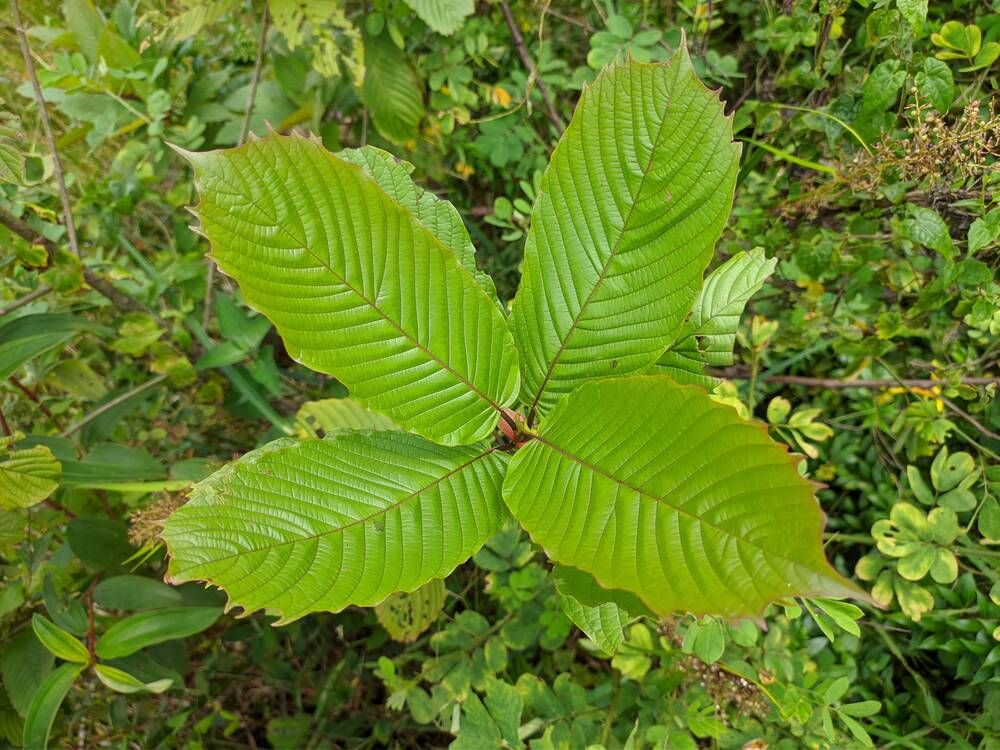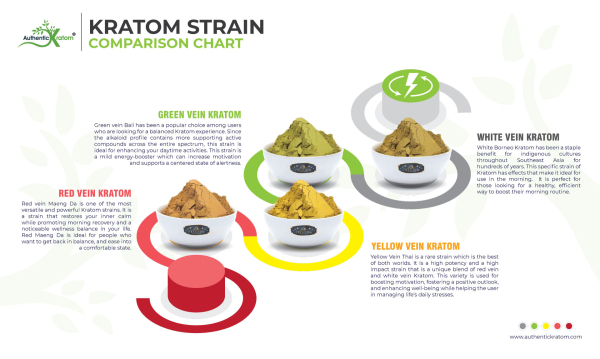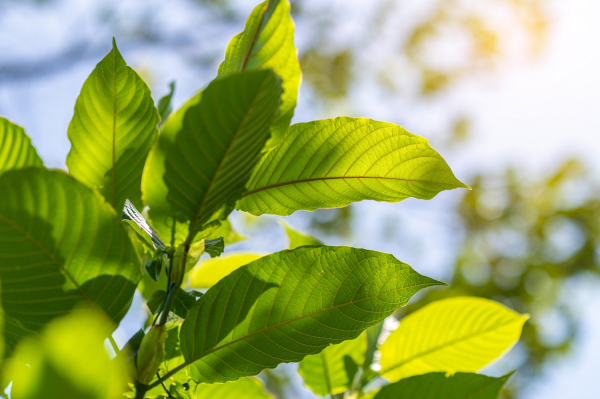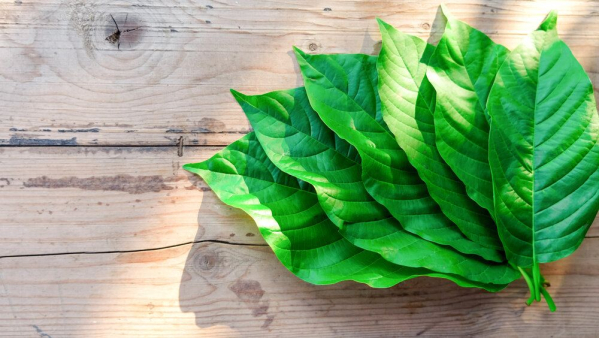Can You Grow Kratom at Home?


Disclaimer: The information in this article is for educational purposes only and does not encourage or promote illegal activities. Always check your local laws before attempting to grow kratom.
So, you’re thinking about growing your own kratom? You’re not alone. Many kratom enthusiasts wonder whether it’s possible to grow the kratom tree indoors.
However, while growing your kratom may sound appealing—offering a potentially endless supply—it’s not as simple as planting a seed and watching it flourish.
In this guide, we’ll explore the challenges of growing kratom, the legal and ethical considerations, and why purchasing kratom from reputable vendors is often the better option.
Key Takeaways
- Kratom needs high humidity (70-80%) and warm temperatures (70-90°F), which are hard to replicate outside tropical regions.
- Kratom seeds lose viability within days, making germination highly unreliable unless planted immediately.
- Kratom trees take years to mature and require specialized soil, lighting, and watering for healthy growth.
- Even where kratom is legal, cultivating it at home may be restricted, so checking local laws is essential.
- Purchasing from reputable vendors ensures lab-tested, high-quality kratom without the risks and difficulties of home cultivation.
Is It Legal to Grow Kratom at Home?
Before we get into the intricacies of growing kratom at home, let’s clarify whether it’s even legal to do that in the U.S. And the answer? That depends.
Kratom’s legal status in the U.S. is… complicated. For starters, although legal on the federal level, kratom remains unregulated—this means that every state, county, or city is responsible for setting its own laws and regulations.
For example, Alabama, Arkansas, Indiana, Rhode Island, Vermont, and Wisconsin prohibit kratom. Also, even in states where kratom is legal, certain counties and cities have their own bans (e.g., San Diego, CA; Sarasota County, FL).
What does it mean for aspiring kratom growers? To check your local laws. And be careful. Even if kratom is legal to possess in your state, cultivating the plant may still be restricted, so be sure you understand your state’s stance.
Can You Successfully Grow Kratom at Home? Understanding the Challenges
Let’s assume cultivating kratom is legal where you live. Is it possible to actually grow it at home? Technically, yes. Practically, it’s mighty challenging.
There’s a reason why kratom trees thrive in Southeast Asian countries—spoiler alert—it’s the combination of fertile soil and humid climate. Understandably, replicating such conditions isn’t easy, not to say impossible, in most US areas.
Kratom Requires a Tropical Climate
Kratom trees naturally grow in the hot, humid rainforests of Southeast Asia, where they receive consistent rainfall, intense sunlight, and warm temperatures year-round.
For optimal growth, kratom requires:
- Temperatures between 70-90°F (21-32°C).
- Humidity levels between 70-80%.
- Frequent but not excessive watering.
Needless to say, most homes don’t naturally offer these conditions.
If you live in a dry or cold climate, you’ll need expensive grow tents, humidifiers, and heating lamps to recreate a tropical environment. Even minor fluctuations in temperature or humidity can stress the plant, slowing growth or even killing it.
Poor Seed Viability
One of the biggest obstacles to growing kratom is finding viable seeds.
Kratom seeds:
- Lose viability within days of being harvested.
- Need to be planted immediately to have a chance at sprouting.
- Have only a 10-20% germination success rate even under ideal conditions.
Most kratom seeds sold online are already too old to sprout, making it extremely difficult to start from seed. And even if you find fresh seeds, only a small percentage will germinate. This means you’ll need to plant hundreds of seeds just to grow a few viable seedlings.
Slow Growth & High Maintenance
Unlike common houseplants, kratom requires years of dedicated care before it produces leaves suitable for use.
Kratom is a high-maintenance plant:
- Kratom trees grow up to 20 feet tall in the wild, making them difficult to maintain indoors.
- They require rich, nitrogen-heavy soil that drains well but retains moisture.
- They need consistent sunlight, but too much direct exposure can damage young seedlings.
- Overwatering or underwatering can kill the plant.
Growing kratom at home means constant monitoring of soil, lighting, and humidity. Without the right balance, your plant will struggle to thrive.
Even if you successfully grow a kratom tree, it will take years before you can harvest its leaves—assuming it survives that long.
Buying Kratom vs. Growing Kratom
While the idea of growing kratom at home may seem appealing, as you can see, it comes with several challenges related to legality, cultivation difficulty, and product quality. For most users, buying kratom from reputable, established vendors is the more practical and reliable option:
Ensured Purity
Kratom plants grown at home are exposed to contamination from bacteria, mold, and pests. Additionally, home growers often don’t have the ability and means to properly test for heavy metals or other contaminants.
Reputable vendors, on the other hand, conduct lab testing to ensure that kratom is free from harmful substances and meets quality standards. This guarantees cleaner products compared to unregulated homegrown trees.
Consistent Alkaloid Content
Kratom effects depend on the strain’s alkaloid profile—primarily the concentration of mitragynine and 7-hydroxymitragynine. These alkaloid levels are influenced by climate, soil quality, and harvesting techniques. These are factors that, as already covered, can be difficult to control outside of kratom’s native environment.
Commercial kratom, on the other hand, is harvested from native Mitragyna speciosa trees and undergoes strict quality control to ensure consistent potency, whereas homegrown kratom may have unpredictable alkaloid levels. This affects the final product's effectiveness and overall experience.
Immediate Availability
Kratom trees take years to mature before they produce leaves that can be harvested and used. Even with optimal conditions, a homegrown kratom plant may take extensive time and effort before providing a usable yield.
Purchasing from a vendor allows access to ready-to-use, high-quality kratom without the long waiting period or uncertainty of growing it yourself.
Legal Compliance and Peace of Mind
The legal status of kratom varies by state and local jurisdictions. This means that while kratom may be legal to purchase in some areas, cultivating it at home could still be subject to legal restrictions.
Buying from an established vendor ensures that kratom has been sourced legally and complies with all necessary regulations, reducing the risk of legal complications associated with growing or processing it independently.
Final Verdict: Is Homegrown Kratom Worth It?
Growing kratom at home may seem like an exciting venture and, at first, a great idea. But as you start looking at the complexities of starting your home kratom “plantation,” you’ll quickly realize that it may not be worth the trouble.
The sad truth is that growing kratom at home is not practical. The combination of difficult climate conditions, low seed viability, and slow growth rates makes home cultivation a high-effort, high-risk endeavor with uncertain results. There’s also the case of complicated laws and regulations.
So, long story short, we’d stick to purchasing from reputable vendors if we were you. Regulated sellers ensure fresh, lab-tested, high-quality kratom—all without the hassle and risks of growing it yourself.
Disclaimer: This article is for informational purposes only and does not promote or endorse the use, sale, or cultivation of kratom. Kratom’s effects vary by individual, and its safety, legal status, and potential risks should be carefully considered before use.
About Authentic Kratom
Authentic Kratom is your trusted source for premium, lab-tested kratom, proudly serving customers across the U.S. from our base in San Fernando Valley.
Founded in 2013, we set out to redefine the kratom experience—prioritizing quality, transparency, and customer well-being.
- Direct-from-source authenticity – Every strain is meticulously sourced from Indonesia’s finest kratom farms. If we can’t verify its purity, we won’t sell it.
- Uncompromising quality control – Lab-tested for potency, safety, and consistency, each batch comes with full transparency and batch numbers.
- Customer-first approach – Same-day shipping, free standard shipping, and top-tier customer service ensure a seamless experience.
- Industry leadership – As an American Kratom Association member, we adhere to strict GMP standards, advocating for kratom safety and education.
- A brand you can trust – With over 4,000 verified reviews, our reputation is built on real results and customer satisfaction.
At Authentic Kratom, we believe everyone deserves safe, high-quality kratom without the guesswork. Experience the difference with us—where quality, care, and integrity come first.









